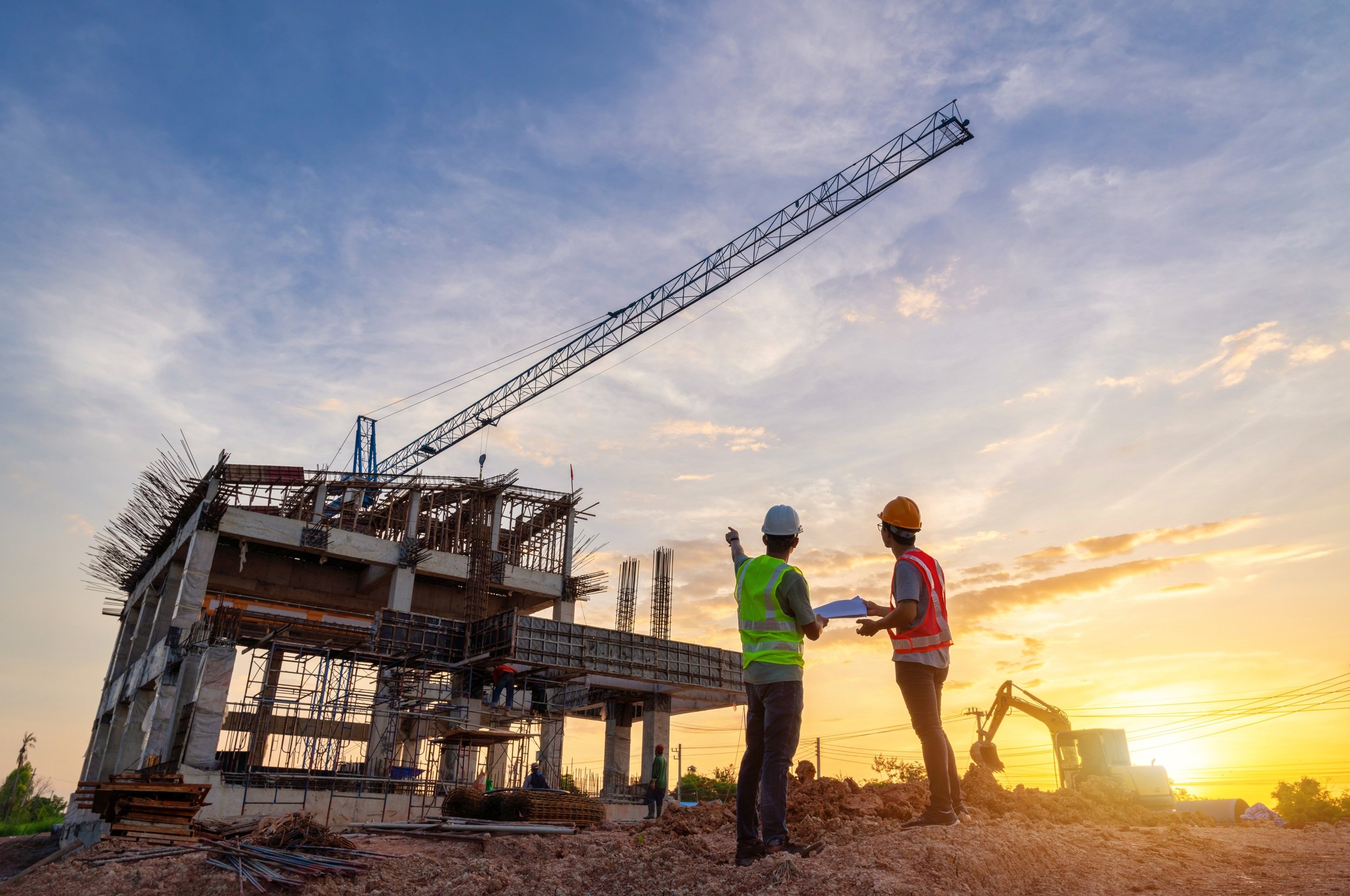Acoustics, Noise & Vibration Monitoring
Professional monitoring services that help you manage construction impacts and meet approval requirements across NSW.
Expert Noise and Vibration Services Across NSW
Need noise or vibration monitoring for your site?
Confluence Environmental provides professional acoustic and vibration monitoring across the Central Coast, Newcastle, Hunter Valley, Port Stephens, Lake Macquarie, Sydney, and the Blue Mountains.
We help you meet DA conditions, EPA requirements, and community expectations — with real-time monitoring, baseline surveys, and clear reporting tailored to construction, demolition, and infrastructure projects. Accurate data. Fast response. Compliance made easy.
Why Noise and Vibration Monitoring Matters
Construction, demolition, and operational activities often generate significant noise and vibration. If left unmonitored, they can:
Breach DA or EPA licence conditions
Trigger community complaints and compliance actions
Cause property or structural damage
Delay or restrict construction activities
Impact health and wellbeing of workers and neighbours
Monitoring ensures you remain within acceptable limits and can respond proactively to risks.
Our Acoustic & Vibration Monitoring Services
We provide comprehensive acoustic and vibration services tailored to your site, activities, and regulatory obligations.
Environmental Noise Monitoring
Baseline and operational noise assessments
Construction and demolition noise tracking
LAeq, LAmax, and LCpeak measurements
Compliance with the NSW Noise Policy for Industry and local council standards
Real-time or attended monitoring options
Community and stakeholder reporting
Used for developments near residential areas, schools, hospitals, or sensitive zones.
Construction & Demolition Noise Monitoring
Monitoring required by Construction Environmental Management Plans (CEMPs)
Daily, weekly, or event-based reporting
Noise modelling and management plan integration
Exceedance alerts and mitigation guidance
Ideal for civil works, road upgrades, rail, demolition, piling, and excavation
Vibration Monitoring
Real-time and attended vibration monitoring using geophones or accelerometers
Measurement of Peak Particle Velocity (PPV) and acceleration
Structural damage and human comfort risk screening
Compliance with German Standard DIN 4150, British Standard BS 7385, or project-specific guidelines
Used near heritage buildings, utility assets, or vibration-sensitive infrastructure
Occupational Noise & Worker Exposure Monitoring
Personal dosimetry and static location monitoring
Comparison against the 85 dB(A) 8-hour LAeq and 140 dB(C) peak limits
Noise control recommendations and hearing protection guidance
Suitable for industrial sites, construction crews, and plant operators
Who We Support
We provide noise and vibration services for:
Developers and project managers
Construction and demolition contractors
Environmental and planning consultants
Government and infrastructure agencies
Industrial operators and quarry managers
Councils and community-facing stakeholders
Why Choose Confluence Environmental?
Experienced acoustic and environmental consultants
Equipment calibrated to Australian and international standards
Real-time, attended, or long-term monitoring options
Regulator-ready reporting for DAs, EPLs, and stakeholder assurance
NSW-specific knowledge of council, EPA, and SEPP conditions
We make noise and vibration compliance simple, responsive, and reliable.
Service Areas
We provide acoustic and vibration monitoring across:
Sydney (Metro & Greater Sydney)
Central Coast
Newcastle & Lake Macquarie
Hunter Valley
Illawarra, Mid North Coast, and regional NSW
Need expert advice?
Need to monitor construction noise, industrial vibration, or occupational exposure? We deliver fast, fixed-fee proposals and flexible site support to help you meet your compliance obligations.
Call 0493 042 642, email enquiries@confluence-enviro.com.au or Contact Us to discuss your needs.
Frequently Asked Questions (FAQ) – Acoustics, Noise & Vibration Monitoring
Q: When is noise and vibration monitoring required?
Noise and vibration monitoring is typically required when:
Your development is subject to DA conditions
You’re working near residential or sensitive receptors (schools, hospitals, heritage sites)
Your site activities involve demolition, piling, blasting, or excavation
You hold an Environmental Protection Licence (EPL)
Community complaints or council concerns arise
Monitoring helps demonstrate compliance, protect stakeholders, and avoid delays or penalties.
Q: What guidelines apply to noise monitoring in NSW?
Environmental noise monitoring in NSW must comply with:
The NSW Noise Policy for Industry (EPA)
Local council development conditions and planning controls
Any noise limits set under EPLs, CEMPs, or OEMP plans
We also reference Australian Standards (e.g. AS 1055) and any site-specific acoustic requirements.
Q: How is construction noise monitored?
Construction noise is typically monitored using calibrated sound level meters to measure:
LAeq (equivalent continuous sound level)
LAmax (maximum recorded level)
LCpeak (peak sound pressure for low-frequency noise)
Monitoring can be real-time, attended, or event-based — depending on the project and regulatory requirements.
Q: What is vibration monitoring and when is it needed?
Vibration monitoring measures ground movement caused by construction, traffic, or equipment. It is required when working near:
Heritage buildings or vibration-sensitive structures
Buried utilities or underground services
Occupied dwellings or commercial properties
We measure Peak Particle Velocity (PPV) and acceleration, typically using geophones or vibration sensors, and compare results against limits from DIN 4150, BS 7385, or project-specific standards.
Q: What happens if noise or vibration exceed limits?
If monitoring shows exceedances:
We notify you promptly and assist with mitigation advice
A formal exceedance report may be required for the EPA or council
We may adjust your monitoring program or update your CEMP/OEMP
Ongoing monitoring helps verify that control measures are working
Proactive monitoring helps manage complaints and maintain good stakeholder relationships.
Q: Can you help with occupational noise monitoring?
Yes. We conduct workplace noise assessments in line with SafeWork NSW requirements, including:
Personal dosimetry (worker exposure over a full shift)
Static noise surveys for specific tools or plant
Comparison against the 85 dB(A) LAeq,8h and 140 dB(C) LCpeak limits
Recommendations for hearing protection and engineering controls
Reports are suitable for inclusion in WHS risk assessments and site safety documentation.

